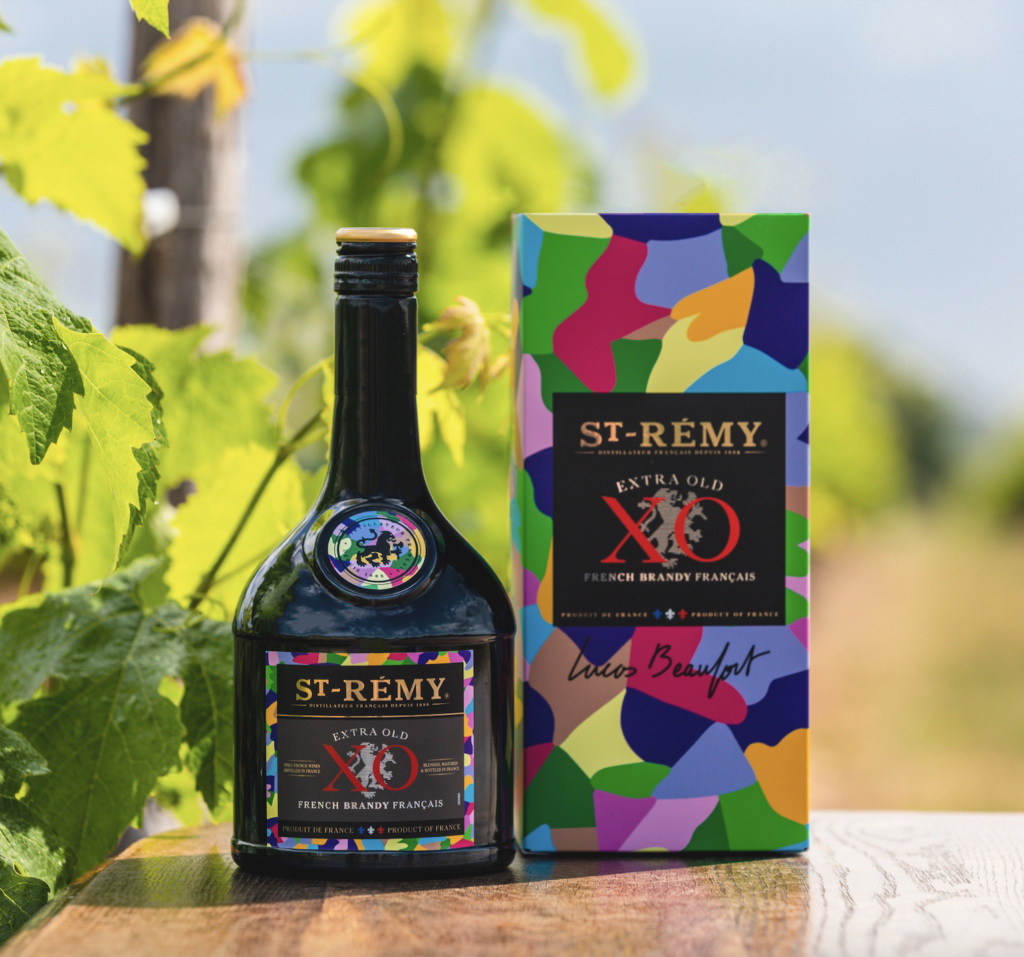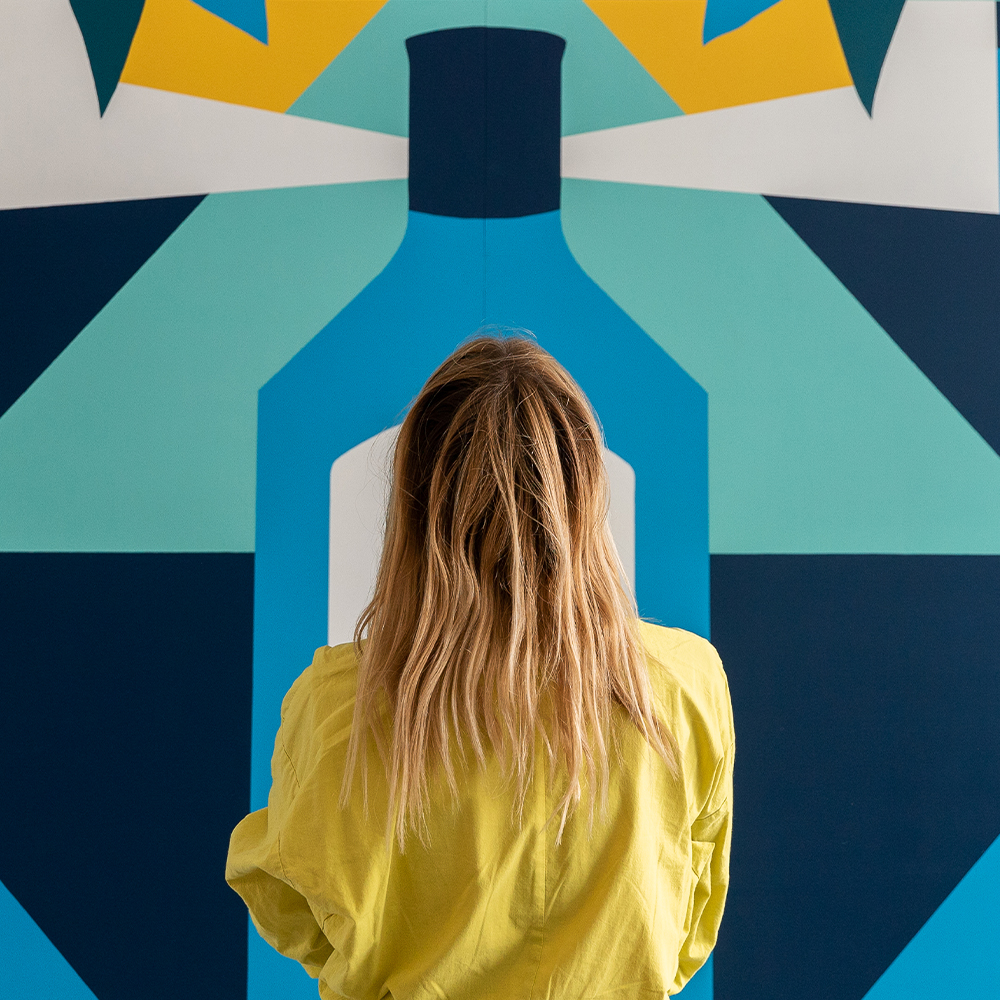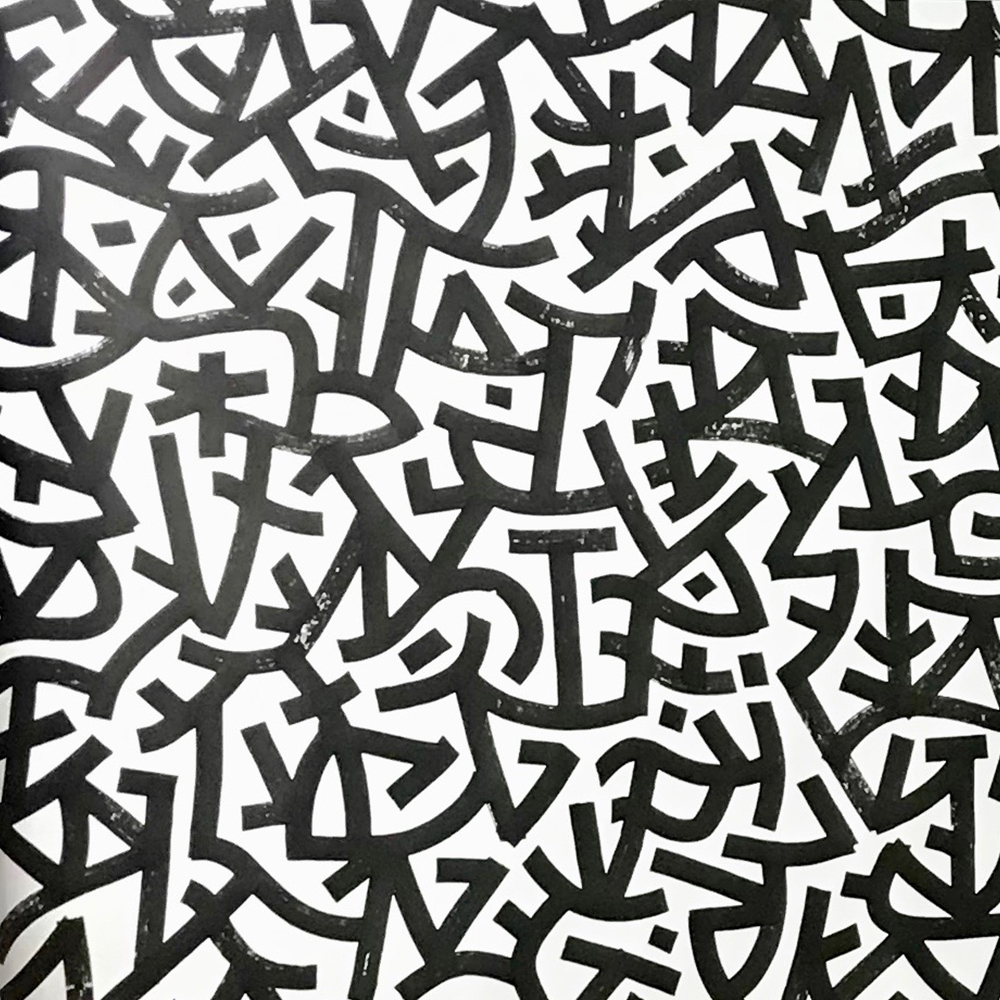On the occasion of its annual campus, TF1 PUB initiated a conference on the theme of creativity. Is creativity still appreciated, effective and expected by the public? What are the major trends in this area? How can creativity be integrated into a brand strategy?
How and why make an artistic Collab?
The Founder of Collab Factory, Mathilde Mazuranic, was invited to the Quai Branly Museum to bring her point of view and to talk about the necessity of creativity and art in society.
Return to her exchange with Romain Hussenot, in the presence of Mari Guyot and Charlotte Gay.

Romain Hussenot: You created your creative agency four years ago, it has a particularity, can you tell us which one?
Mathilde Mazuranic: I did a reconversion after 12 years at L’Oréal, I left everything because I wanted to work in art. In particular with artists, I think they are essential. The project was to encourage brands to collaborate with artists, and to spread their artworks as far as possible. So I created Collab Factory, an agency specialized in one field: the collaboration between brands and artists. We are working with all kinds of visual artists: street art, contemporary art, digital art.
RH: How does it work? First the artists, then the brands? Brands then artists? Which way is it going?
MM: Everything starts with the brand. The brand comes with a brief, which we will translate into a story. The we will determine together the form: it can be a limited edition, content for social networks, events. Once we have this story and this format, we will find the most relevant artist: the one with the medium that will fit the artwork we want to produce, the artist whose work will be consistent with the story we want to tell. Then, it’s the artist who will translate it visually.
RH: Collaborating with an artist for a brand, what’s the point? Beyond pleasing yourself, to be associated with an artist?
MM: I wanted to talk about four interests. First, of course, it’s the creativity. The fact that the artist is going to create an original, unique and singular work.
The second point is authenticity. We know that brands are finding it more and more difficult to get their advertising messages to suspicious consumers. Artists have a sincere speech, it’s a way to talk about important issues. We can see this in artistic collaborations: a big trend of committed collabs with CSR subjects, feminism, eco-responsibility. For Mastercard, on the occasion of the launch of a non-gender specific card, we worked on a educational content with the artist Maud Bergeron to explain transidentity. The artist’s voice sounds right.
The third interest is the variety of the possible contents thanks to the artists. We can see works being created, interviews with artists, photos: we can draw an important narrative thread.
The last point is the experience. The experience of witnessing an artist create a work of art. As an example, here we see the artist Alice Louradour for Innocent during an event. It’s living the creation and we know how much after these years of covid the importance of experiencing.

RH: An artist, by definition, creates a unique, singular work. He starts with a brief, but if the result doesn’t quite match the brand’s expectations, is it possible to ask for a second version? A third one etc?
MM: It’s always a risk for a brand to work with an artist: you have to be daring. You have to take a step to the side. The challenge is to give this famous carte blanche: the artist will be able to spread his wings of creativity because he will have this necessary space to create. That’s when the magic happens: when you have both the DNA of the brand and the sincerity, the fidelity of the artist’s work.
RH: Can you measure the impact of a collaboration with an artist?
MM: One of the first main signs is when the artist is proud of his work: he will be proud of the brand for which he made the work. It’s a sign that the relationship become win-win. For the artist it is also a risk, he will explore a new format. Moreover, it is also a creative stimulus to work on something he is not used to.
The second strong sign is when brands come back. For example, I’m thinking of One Step. By the way, I’m wearing today one of the tee-shirt designed by Aurore de la Morinerie. At the beginning, they contacted us to design a tee-shirt with three artists, and we have just released in store a complete collection of seven pieces with an artist called Noon. We went from a tee-shirt to an entire collection. It always makes me happy to see that brands take an artistic approach.




